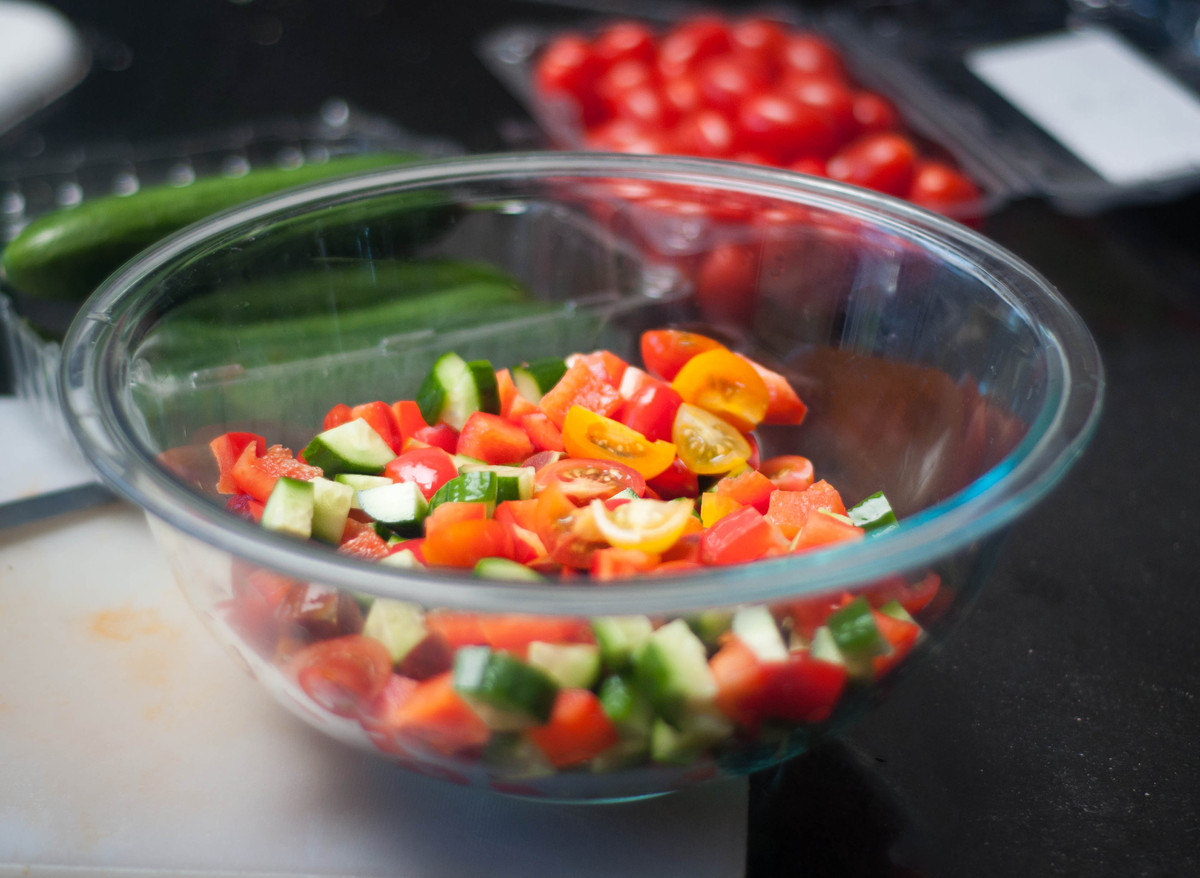8 Surprising Ways To Lower Your Diabetes Risk

The most common form of diabetes, Type 2 (once called adult-onset or non-insulin-dependent diabetes), affects 90-95 percent of the 26 million Americans with diabetes. But a diabetes diagnosis isn’t inevitable, according to Gayl J. Canfield, PhD, RD, Director of Nutrition Research at Pritikin Longevity Center in Miami, Florida. It comes down to living a healthy lifestyle and doing all the things you already know you should do: keep your blood glucose (blood sugar) under control, eat healthy, exercise and monitor your blood pressure and cholesterol levels.
What else can help? Try these surprising tips, shown by research to lower your diabetes risk.
- 1
Drink Coffee

Go ahead and refill your cup. People who increased the amount of coffee they drank each day by more than one cup over a four-year period had an 11 percent lower risk for type 2 diabetes than those who made no changes to their coffee consumption, says a new study from Harvard School of Public Health.
People who sit six to eight hours a day are 19 percent more likely to have diabetes, according to research in the International Journal of Behavioral Nutrition and Physical Activity. Something as small as a 15-minute walk a half hour after eating can lower your post-meal blood sugar levels for at least three hours.And a new study published in the journal of the European Association for the Study of Disease shows that brief bursts of intense exercise before meals is a more effective way to control blood sugar than doing one longer workout during the day.

getty

Flickr:ImpromptuKitchen
Scientists from Harvard School of Public Health have found that higher consumption of red meat, especially processed meats may increase a woman’s risk of developing type 2 diabetes. A few marks against red meat: it’s a major source for saturated fat, cholesterol and animal protein. And processed meat fares even worse: it contains certain types of preservatives, additives and other chemicals which can increase the risk of developing type 2 diabetes. The study found that substituting meat with other foods, like whole grains, nuts, low-fat diary, fish and poultry could significantly lower diabetes risk.
Need help getting started?
To help educate patients on evidence-based behaviors to prevent or delay the onset of type 2 diabetes, the Center for Disease Control has launched The National Diabetes Prevention Program.
The CDC-led National Diabetes Prevention Program is an evidence-based lifestyle change program for preventing type 2 diabetes. Participants work with a lifestyle coach in a group setting at local YMCAs to receive a 1-year lifestyle change program that includes 16 core sessions (usually 1 per week) and 6 post-core sessions (1 per month). To find out if the program is offered in your community, click here.
Original post found at: http://www.huffingtonpost.com/2014/05/17/lower-diabetes-risk-_n_5323909.html?ncid=txtlnkusaolp00000592P.S. There are other things you can do to lower the risk of becoming diabetic. They include using cinnamon, eating healthy fats, intermitting fasting, reading product label and avoiding hidden sugars . . . just to name a few.
P.P.S. Visit Exercises for Diabetics Today for more ways to beat this debilitating disease.











